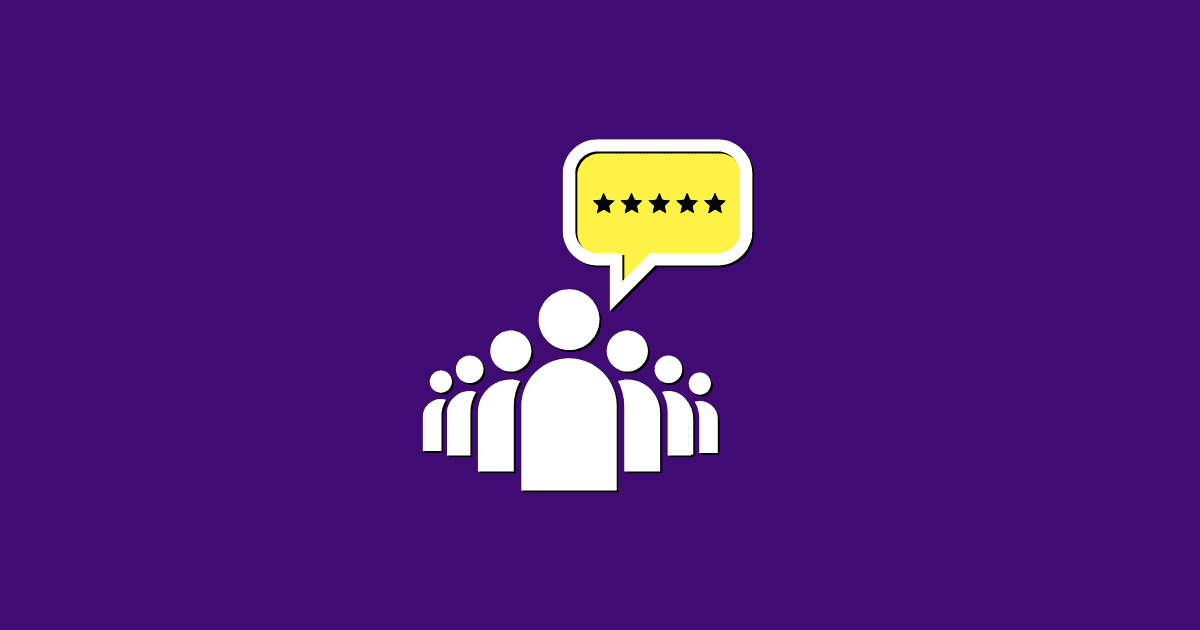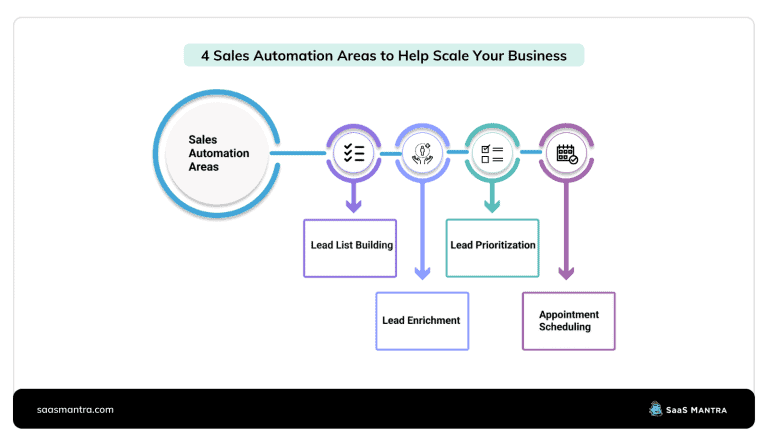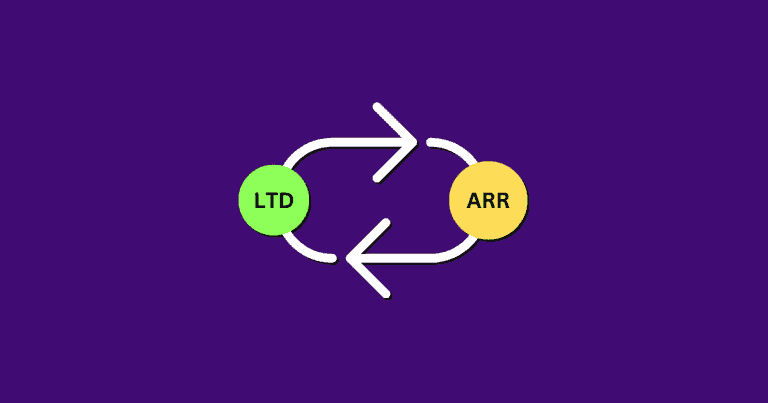Why Helping Lifetime Deal Customers is Critical for Customer Advocacy?
You may have recently run a campaign or offered a lifetime deal to drive sales and grow your customer base.
As a SaaS founder, you understand the importance of attracting and retaining customers.
The end of the promotion doesn’t mean the end of your relationship with your customers. In fact, it’s just the beginning.
Providing excellent customer service and support even after a promotion has ended is crucial to building long-term loyalty and advocacy.
In this post, we’ll explore why it’s important to continue helping your lifetime deal customers and share strategies to deepen those relationships.
Don’t Change the Level of Support After the Campaign Ends
The first rule of customer advocacy is to keep the same level of support you provided during the lifetime deal promotion.
Providing excellent customer support during the Lifetime Deal campaign sets the standard for what customers can expect from you going forward.
If you suddenly change the level of support you provide, it can feel like a bait-and-switch to your customers. They may feel misled or undervalued, and it can damage their trust in your brand.
Importance of Quality Customer Support After a Lifetime Deal Campaign
Maintaining the same level of support can help reduce the refund rate for your product.
But it should not be the only or the primary reason why you should maintain quality customer support.
Providing the same level of support post-campaign helps to solidify the relationship between you and your customers. It demonstrates that you are committed to their success and that you are invested in helping them achieve their goals.
This commitment to customer success is a key factor in building customer loyalty and advocacy.
Avoiding the Perception of “milking” Customers for More Money
It’s important to remember that customers are smart and can recognize when they are being taken advantage of.
You have provided exemplary customer support throughout your LTD campaign. Right?
And, without a doubt, all your LTD customers will be happy about it. Even if your LTD customers are yet to attain success with your product.
Changing the level of support once you close your Lifetime Deal campaign can be interpreted as you “milking” customers. It can negatively impact customer trust and loyalty.
Building a loyal customer base takes time and effort, but maintaining consistent levels of support is a crucial step toward building trust and cultivating long-term relationships with your Lifetime Deal customers.
Winning Customer Advocacy and Loyalty Through Continued Support
Customers who have invested in your product are looking for continued value.
They expect a level of support that meets or exceeds the level you provided during the promotion.
To avoid disappointing your customers, it’s important to maintain the same level of support post-campaign. By doing so, you will foster a sense of reliability in your brand.
Additionally, providing excellent support after the campaign has ended can help to demonstrate your commitment to your customer’s success, and this can help to promote positive word-of-mouth about your product.
The Easiest Way to Win Customer Advocacy
Customer support is the easiest way to win customer advocacy because it demonstrates a company’s commitment to its customers and their success.
It is true, especially for the Lifetime Deal customers.
Because it shows that you value their business and are dedicated to helping them succeed, even after selling a Lifetime license to them. That is, it will give them the opportunity to realize that you are available to help them even if you don’t have any recurring benefit. i.e., recurring revenue.
You create a positive cycle of advocacy, where satisfied customers refer others to the company, who then receive the same high-quality support and become advocates themselves.
The Importance of Building Trust with Customers
Customer trust is what makes customers come back to you, recommend your product to others, and continue doing business with you.
Building customer trust is important in today’s digital age, where customers have access to vast amounts of information.
They can easily research a company’s reputation online and make a judgment. It matters a huge deal because customers are more likely to post a review of their negative experience with a brand online than a positive experience.
A business that prioritizes building trust with its customers will be better positioned to stand out in a crowded market and gain a competitive advantage.
Strategies for Providing Continued Support
Here are some strategies for providing continued support to your customers.
Responding promptly to customer inquiries and feedback
It means answering any questions or concerns they may have in a timely manner. When a customer reaches out to you, make sure you are available to respond and provide solutions quickly.
Offering resources and tools for customers to succeed
Providing resources such as tutorials, knowledge bases, or webinars can be incredibly useful to customers as they try to make the most of your product or service. These resources can help customers understand the product better and make the most out of it.
Creating a community or forum for customers to connect with each other and share ideas
By creating a space where customers can share their experiences, ask questions, and collaborate, you are fostering a sense of community and support. This can help customers feel more connected to your product and invested in its success.
By implementing these strategies for providing continued support, you can foster long-term customer relationships and create a community of loyal customers who will not only continue to use your product but also recommend it to others.
Conclusion
Customer advocacy is essential for any business that seeks to retain customers and be successful in the long term.
Providing consistent and reliable support post-campaign can help to build trust with customers and create a community of loyal advocates. Strategies such as responding promptly to customer inquiries, offering resources and tools, and creating a space for customers to connect can all help you demonstrate your commitment to customer advocacy.





